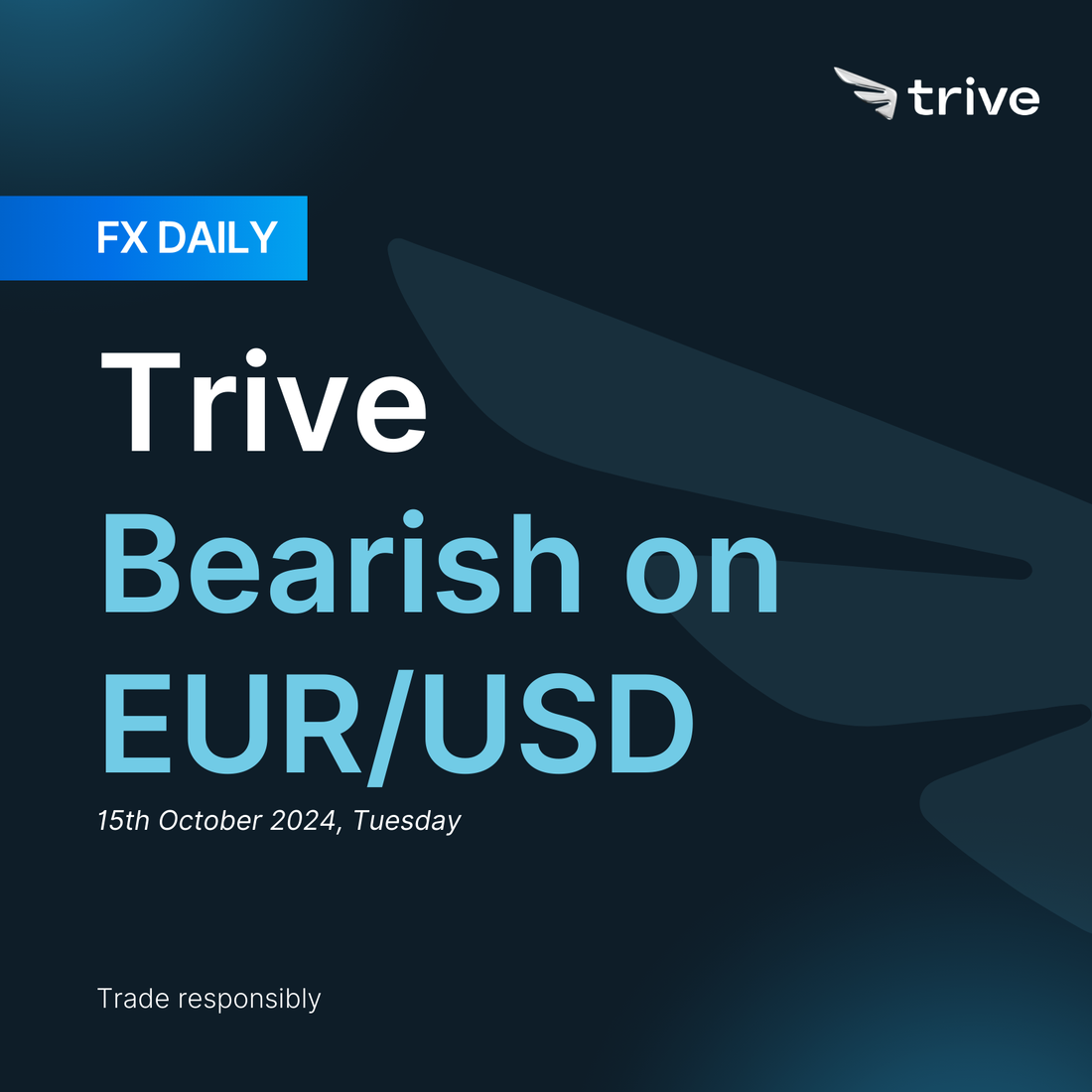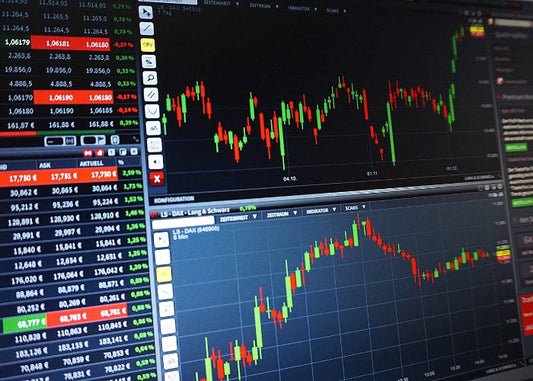FX Daily: Trive Bearish on EUR/USD

The USD remains supported as markets scale back expectations for a rate cut in November, amid ongoing geopolitical risks and the upcoming US election. In contrast, the ECB is expected to cut rates by another 25bps this week, driven by weak economic performance and further easing of inflation.
EUR: Another 25bp cut this week?
Recent Eurozone economic data has been underwhelming, and alongside easing inflation, it has led investors to anticipate more aggressive and frontloaded monetary easing from the ECB in the coming months. Additionally, comments from several ECB policymakers have revealed that some Governing Council members favor a rate cut as early as next week. Many officials also prefer a ‘gradual’ approach to easing, aiming to prevent any sharp moves that could disrupt markets. Further complicating the outlook for the EUR, recent global developments have added downward pressure. First, geopolitical tensions in the Middle East have triggered a surge in oil prices, heightening concerns about tighter global financial conditions. Second, Donald Trump’s resurgence in the US presidential race has renewed fears of a looming global trade war. Lastly, recent US economic data has reignited concerns about a growing cyclical and policy divergence between the US and more dovish central banks. If these factors intensify, they could weigh heavily on the EUR outlook moving forward.
Looking ahead, the focus will be on the upcoming ECB meeting in October and the latest German ZEW survey. The ECB meeting outcome could bring greater attention to the mounting downside risks for the Eurozone and EUR. European rates markets are already pricing in around 25 basis points of cuts for both the October and December meetings, suggesting the FX market’s response will depend on the Governing Council’s updated forward guidance. It remains to be seen whether President Christine Lagarde will soften her data-dependent approach or even signal further easing. For the EUR to continue its decline in the near term, a rate cut accompanied by a clear signal of further easing would likely be required.
USD: Long wait to abdicate
The USD continues its rally, driven by several key factors. First, stronger-than-expected September job reports have reduced market expectations of a rate cut in November. Second, rising geopolitical tensions in the Middle East have spurred a surge in oil prices, tightening global conditions and boosting demand for the safe-haven USD. Third, Donald Trump’s improved standing in the US presidential race raises the risk of another global trade war, supporting the USD. Lastly, the US CPI for September came in above expectations, with headline inflation at 0.2% m/m and 2.4% y/y, and core inflation at 0.3% m/m and 3.3% y/y. This stronger CPI has eased the market’s expectations of a 50bps cut, but it doesn’t change the Fed’s outlook of a 25bps cut in November and December, as not all inflation gains will translate directly into PCE, the Fed’s preferred inflation measure. Moreover, recent Fed speakers have offered mixed views on the USD outlook. FOMC voting members John Williams, Austan Goolsbee (alternate), and Thomas Barkin signaled that rates could move lower in November. Williams is seen as neutral, Goolsbee dovish, and Barkin hawkish. Meanwhile, Raphael Bostic, a neutral member, indicated he is open to pausing a November rate cut due to the 50bps cut in September. While these differing opinions should be watched closely, they are unlikely to shift the current policy trajectory significantly. Overall, these developments are expected to continue supporting the USD in the short term. However, for the USD to strengthen further, additional positive US economic data or a worsening global risk sentiment would be needed. Looking ahead, the focus will be on next week’s key US economic data, particularly September retail sales, which could shed light on consumer spending. Geopolitical developments in the Middle East will also be closely monitored for their impact on global financial conditions, along with the US election race, which may shape risk sentiment globally. Further hawkish remarks from Fed officials could reinforce the USD’s status as a safe-haven currency in this volatile environment.

暂无评论
主页
特里夫
TriveHub





0条评论